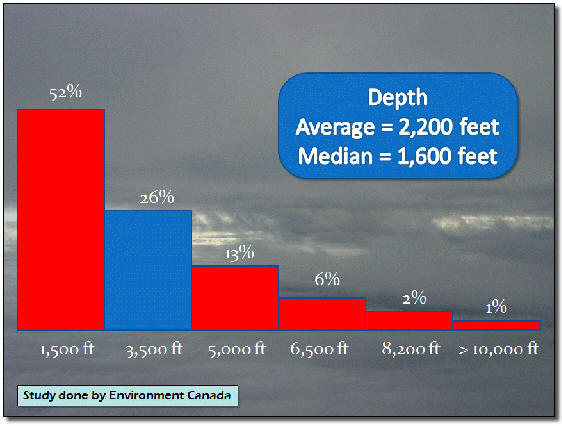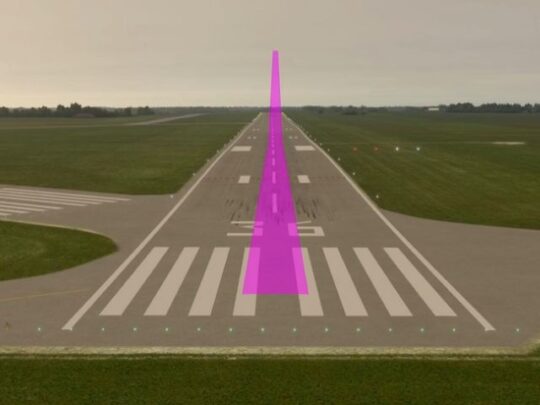Subscriber question:
"If I encounter structural icing while in flight, is there any truth that I should make an altitude change to exit those conditions?" - John W.
Scott:
“Have you ever heard of the 3000-foot rule with respect to structural icing? Basically, this rule of thumb states that if you encounter icing conditions while en route, a simple climb or descent of 3,000 feet will usually allow you to exit those icing conditions.
For a majority of the cases outside of deep, moist convection, a climb or descent of 3,000 feet will allow you to completely escape or greatly lessen your icing risk for that moment. However, all pilots should understand that there are still a decent percentage of cases where the depth of continuous supercooled cloud layers may require a climb or descent greater than 3,000 feet.
Fortunately, many non-convective weather systems associated with fronts are indeed layered. In all likelihood, these continuous supercooled liquid cloud layers will vary greatly in depth from a couple hundred feet to as much as 15,000 feet. Even within these continuous cloud layers, there are distinct liquid water content maxima and minima. Therefore, it is possible that a change of altitude of 3,000 feet could keep you within visible moisture, but may take you to a region of lower or perhaps even higher liquid water content.
Based on a study done by Environment Canada, a little over 50% of continuous supercooled cloud layers are 1,500 feet or less in depth. However, about 22-percent are greater than 3,500 feet with a maximum depth of 15,000 feet in one case in this study. The overall average and median depth of supercooled cloud layers were 2,200 feet and 1,600 feet, respectively.

But it is important to recognize that stratiform clouds cover the full spectrum of icing potential from weak non-frontal stratus to those associated with non-convective, supercooled large drop (SLD) icing such as freezing rain and freezing drizzle. Don’t be fooled, stratus clouds can produce some of the most intense structural icing any pilot may experience and changing altitudes may not always allow you to escape those icing conditions.”

